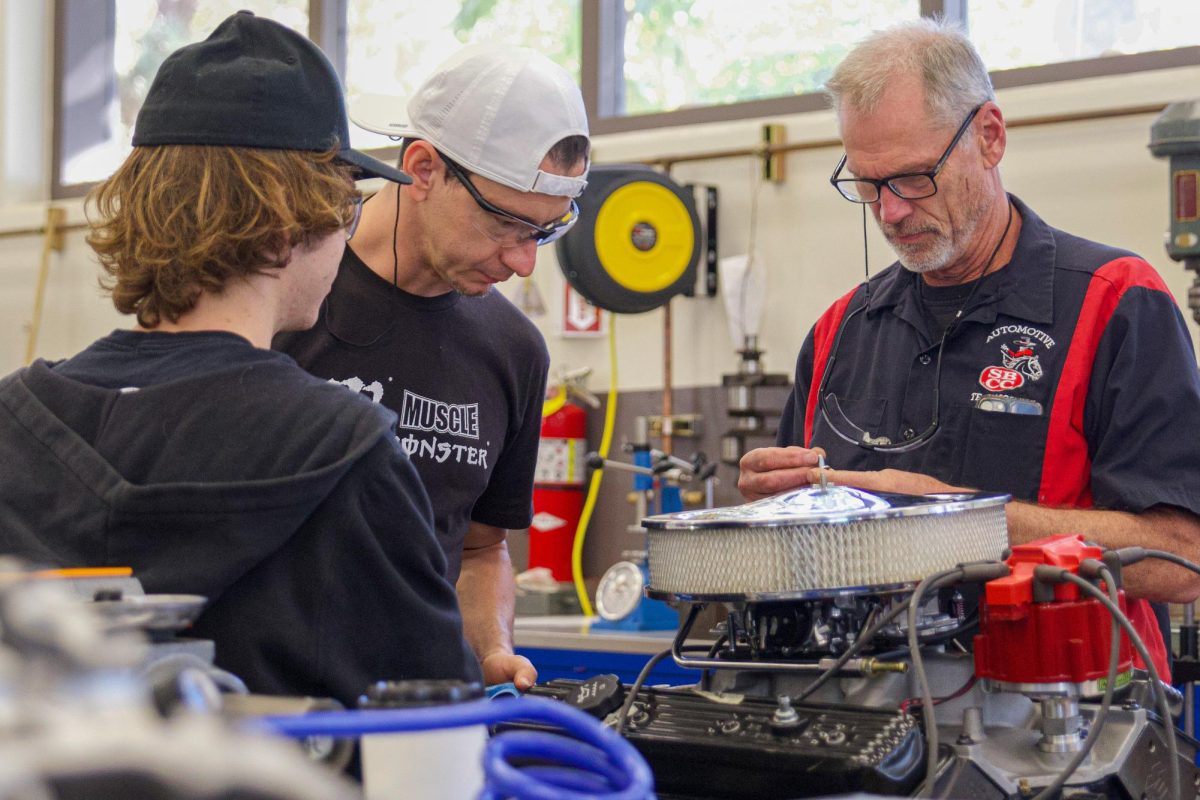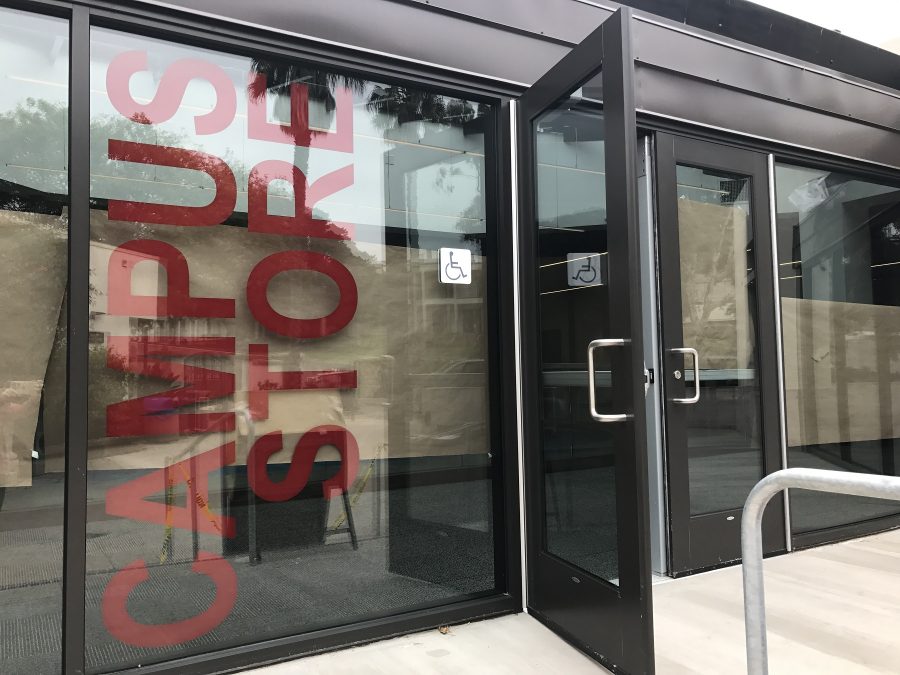Twenty years ago, coming to the Luria Library meant searching through the card catalog, an almost alien concept to the technology generation.
Libraries everywhere made a huge transition to computerized catalogs in the ’90s and forever changed the way humans interacted with libraries. That was an innovative step forward for library catalogs, which has once again been revolutionized.
Now, a single search can bring you millions of records, ranging from books, articles and magazines to videos, calculators, iPads and computers.
On July 31, Luria Library was the first community college library in California to go live with a cloud-based system where data is hosted on the Internet rather than a physical hard drive. This new product by Online Computer Library Center, Inc. (OCLC) can only be found in 50 libraries worldwide.
“Our library in Santa Barbara City College has always been sort of known as leaders in education,” Library director Kenley Neufeld said. “We tend to be innovative and recognized for our leadership.”
For the past 12 years, the Library used a computerized catalog, which limited the search tool’s capability and contained only data from the Library’s collection.
The new cloud-based system unifies all resources, including non-books, from not only Luria Library’s collection but also from those of other libraries all over the world.
With the new system, students can look up data by author, subject and title all at once, see book jackets, make item collections public, leave reviews and create tags.
Also, teachers can put reading materials on reserve in electronic forms so that students can access them anywhere at any time.
“The new system is cloud-based, meaning that there is no cost to maintain the server,” said Library cataloger Sally Chuah.
For the old system, City College had to maintain two servers and install software on every computer, Neufeld added.
This cloud-based system also assists librarians in multitasking.
“My work used to be really tied to my work station,” Chuah said. “…but now, because it’s web-based, I can actually work from home.”
The Library also plans to automate fines by connecting its system with Banner, the school’s student system.
The enterprising director took what Chuah called a “venture” when he signed up for the brand new product before a certain date, resulting in OCLC’s promise to cover the migration cost. At that time, other libraries didn’t dare to take the risk.
“I can’t say how much it would have been,” Neufeld said. “We did save quite a bit of money in that negotiation. If we would do it today, it would cost us the money that we couldn’t afford.
“The ongoing cost will become zero in three years, so there is no need to add any money to my budget. I’m paying for it out of my existing budget. There is no additional cost to the College.”
However, this new system can also be a headache. Instead of labeling resources by different variables (such as “checked in,” “checked out,” ‘missing,” “lost” and so forth), the new system only offers two statuses: “checked in” and “checked out.”
“All of the lost items have been resolved,” said Neufeld after a week struggling with the lost-items list. “Some of them were found. I have a new list that I’m working on right now. It’s all the items that we’re missing.”
The new system also clutters the magazine collection and gives students inaccurate search results.
“When we encounter those things, we communicate that to the company that we work with and they’ve been very responsive to resolve all those issues,” Neufeld said.
He said within a month, the most imperative problems will be solved. For long-term projects, it will take another semester.
“Businesses are moving to the cloud-based solutions and so are we, because that’s the trend in technology,” Neufeld said.










